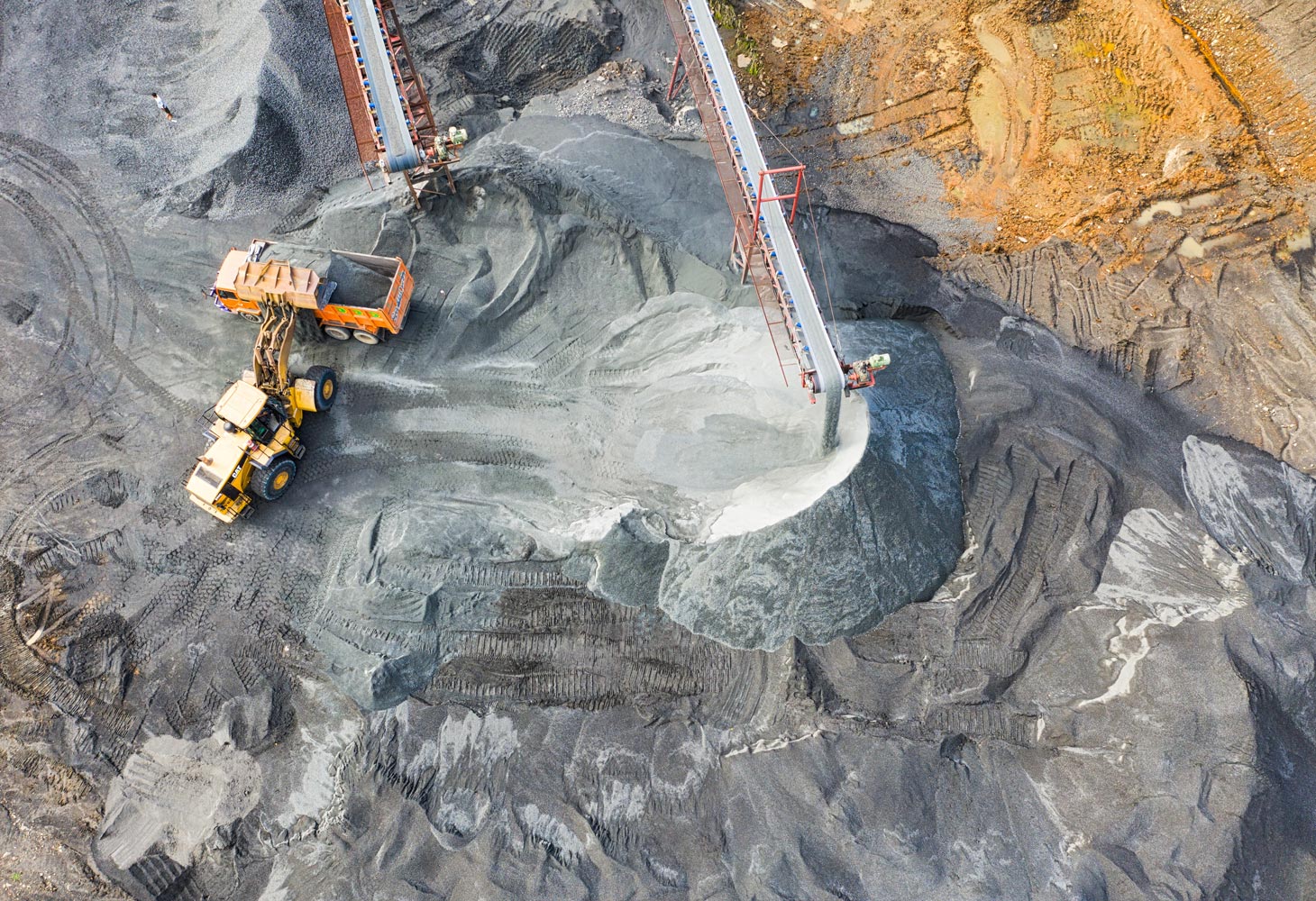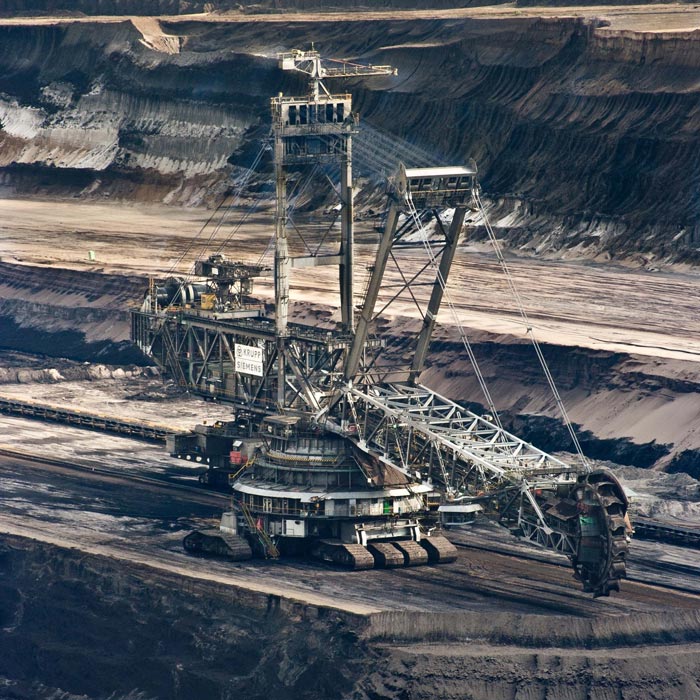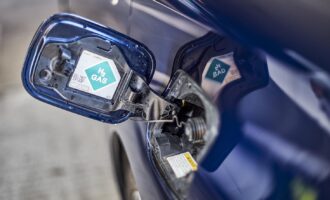
The critical role of rare earth elements in the energy transition
Rare Earth Elements (REE) are a set of 17 metallic elements comprising the lanthanide series on the periodic table and, usually, scandium and yttrium. Despite their designation, REEs are not necessarily rare. Natural REE resources dwarf current consumption, although they can be difficult to extract and separate. Production of REE was estimated at 240 kilotonnes (kt) in 2020. There are more than 3,000 megatonnes (Mt) of inferred resources in the 40 largest ore exploration projects around the world, principally in hard rock deposits and clays, according to the International Renewable Energy Agency (IRENA) based in Abu Dhabi, United Arab Emirates.
REEs are used in a wide range of applications and are especially prevalent in high-tech consumer products. They are also frequently used in the delivery of conventional energy, such as in the production of catalysts for car exhausts. Several REEs are set to play a critical role in the global energy transition.

On May 18, 2022, Dolf Gielen, director of the Innovation and Technology Centre at IRENA, delivered a webinar on Critical Materials for the Energy Transition: Rare Earth Elements which examined demand and growth projections of REEs. Gielen and Marina Lyons also wrote an IRENA Technical Paper that provides a more detailed understanding of the role and market dynamics of REEs in the energy transition. During the webinar, Gielen emphasised that demand for certain REEs will far exceed supply by 2030, and steps need to be taken to ensure the security of supply moving forward.
The abilities of certain REEs in the production of permanent magnets are a key driver of demand. Neodymium, praseodymium, dysprosium and terbium are frequently applied in the manufacture of permanent magnets used in the generators of wind turbines and the motors of electric vehicles (EV). IRENA has previously stressed the importance of EVs and wind turbines in the energy transition in its 2021 World Energy Transition Outlook.
Neodymium is the most prevalent REE from a volume perspective, with smaller quantities of the much scarcer dysprosium employed in permanent magnets to improve thermal stability. The REEs europium, terbium and yttrium are utilised in energy-efficient fluorescent lighting and yttrium and scandium are used in hydrogen electrolysers.
In 2019, permanent magnets accounted for 34% of the demand for REEs. By the end of the decade, demand is expected to reach 40%, suggests IRENA. Gielen and Lyons’ technical paper specified that one megawatt of direct drive wind turbine capacity requires approximately 500 kg of permanent magnets. Approximately one-third of a magnet’s weight is attributed to REEs. The application of permanent magnets, and indeed the required quantities of REEs, varies between direct drive, gearbox and hybrid drive turbines. In 2018, 75% of global offshore wind installations and just under half of onshore installations were permanent magnet turbines.
To achieve our global climate ambitions, wind turbine capacity additions must double between 2020 and 2050 and electromobility must become the dominant road transportation option, suggests IRENA. REEs production must rise 11 to 26 times over current levels to maintain pace with 2050 global wind power targets, they say. IRENA also highlighted a six-fold increase in EVs in its reference scenario. In 2020, one-quarter of permanent magnets produced globally were used in transport. Approximately 2-5 kg of magnets may be used in a typical electric vehicle.
IRENA believes there are “sufficient known rare earth resources to supply all the needs of the energy transition.” Though, the paper highlights concern around processing capacity and the ability to keep pace with growth. The technical paper also noted the complexity of separating individual REEs to produce high-quality permanent magnets, a key deterrent to the entry of new suppliers.
One-fifth of rare earth deposits contain neodymium. However, IRENA suggests that the supply of dysprosium, in particular, will not match a growing demand for high-temperature neodymium magnets for EVs, and cites the need for alternative supply sources or additives. Dysprosium comprises only 1% of REEs and many concentrations of the element are yet to be exploited.
Gielen told webinar attendees that mining of REEs may need to quadruple in the eight years to 2030. Though, requirements are contingent on the pace of the EV rollout. He noted a large variance in demand projections for REEs and indicated that the mix of REEs will be substantially different moving forward with notable shifts in individual volumes.
The IRENA paper mentioned that the share of catalyst applications is expected to fall as oil products and oil refining decline. The authors also noted declines in the share of REEs in battery applications. Nickel-metal hydride batteries (NiMH) utilise lanthanum elements, depending on anode chemistry. This battery type is not expected to grow significantly moving forward, says IRENA.
China, the United States and Australia account for the majority of REE mining. However, individual countries with rare earth deposits find themselves in a quandary—balancing pressure to increase supply to fuel the energy transition versus the environmental concerns of rare earth mining and extended development timeframes. Make no mistake, processing rare earths is a dirty business. Ore can be laced with radioactive uranium or thorium, and carcinogenic compounds are required to separate elements.

In recent years, China has moved to limit the growth of rare earth mining following decades of lax environmental regulations that have caused significant environmental damage. Greenland is home to one of the largest undeveloped rare earth deposits, however, a large mining project in the region has recently been terminated due to environmental concerns.
Even with the recent crackdown, the majority of REE mining (58%) and purification (90%) is concentrated in China. The Asian country is also responsible for 90% of permanent magnet production. Meanwhile, environmental concerns and technological complexity have limited and, in some cases, reduced REE processing capacity elsewhere in the world. An overreliance on China for the supply of rare earth is a concern to global supply chains. The IRENA report decried little action from governments in establishing reliable supply outside of the region.
IRENA’s technical paper highlighted several strategies to reduce the risk of REE supply shortages, including the role of innovation in reducing REE dependency and indeed environmental impacts. A sizable impact on demand can be achieved through magnet improvements and product redesign, though, IRENA suggests this opportunity is not widely understood. Current research efforts are focused on the more efficient use of dysprosium and even its elimination.
The technical paper also called for further research and development into alternative motor designs. EV motors without permanent magnets exist, however, driving range and performance does not yet match their magnetised counterparts.
The use of a reluctance motor— a type of electric motor that induces non-permanent magnetic poles on the ferromagnetic rotor—enables low-cost ferrite-based magnets to be used as an alternative to REE magnets. Nevertheless, IRENA believes that until at least 2030, the use of permanent magnets in EVs will remain prevalent. Improvements in energy density were also cited as an opportunity to lower reliance on REEs.
OEMs have recognised the perils of overreliance or REEs and are making moves to reduce their dependency. Toyota and Volkswagen have announced their intention to scale down or eliminate the use of rare earth magnets in their electric vehicles. Nissan, Renault and Tesla have eliminated them from some models using wound rotor and induction motor technologies instead.
In wind turbines, hybrid drives with smaller permanent magnets reduce the volumes of REEs. IRENA also noted that high-temperature superconductors could be employed in direct-drive turbines to reduce REE demand and could provide heightened performance due to weight reduction. Further cost reductions and technological progress will be necessary before this design becomes viable, says IRENA.








